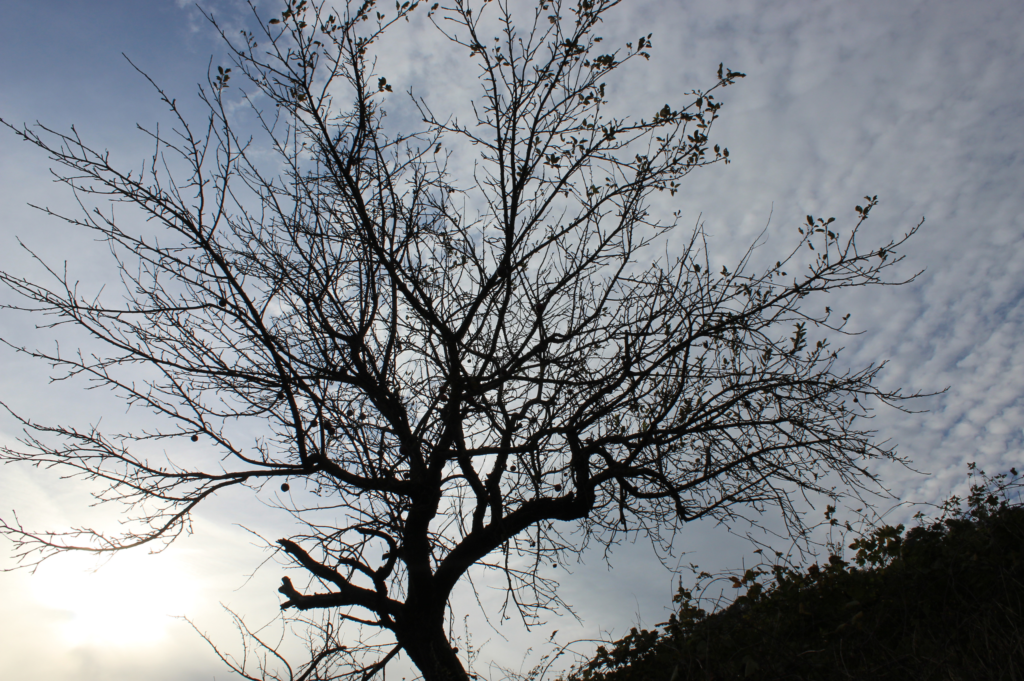As the crisp air of fall signals winter’s approach, homeowners in Charlottesville, VA, should start thinking about how to protect their trees from the cold months ahead. Winter can be tough on trees, especially with the freezing temperatures and potential for heavy snow and ice that can lead to damage. Taking the right steps now will ensure your trees remain healthy and structurally sound through the season and beyond. Here’s are some tips for preparing your trees for winter:
1. Prune Dead or Damaged Branches
Pruning is one of the most important things you can do for your trees before winter hits. Removing dead, diseased, or damaged branches helps prevent them from breaking under the weight of snow or ice, which could harm your tree or even cause property damage. Winter storms often take advantage of weak branches, so eliminating them now will help your tree maintain its structural integrity.
When pruning:
- Focus on removing branches that show signs of decay or weakness.
- If a branch is hanging too low or growing at a dangerous angle, consider trimming it back.
- Always use clean, sharp tools to avoid damaging the tree.
- For large or difficult branches, it’s best to hire a professional tree service to avoid accidents and ensure proper technique.
2. Water Trees Before the Ground Freezes
While Virginia winters aren’t as severe as in northern states, we still experience freezing temperatures that can affect your trees’ access to water. As the ground freezes, trees can struggle to absorb moisture, leading to stress. To combat this, make sure your trees are well-hydrated before winter begins.
- Deep water your trees in the late fall, particularly those that are younger or newly planted.
- Pay attention to evergreens, as they continue to lose water through their needles during winter and need extra hydration.
This moisture will help them better withstand the cold months ahead and stay healthy come spring.
3. Add Mulch for Insulation
Mulching is like giving your trees a warm blanket for winter. A good layer of mulch helps regulate soil temperature and retain moisture, protecting your tree’s roots from extreme cold. Additionally, mulch can prevent water loss during freeze-thaw cycles and help prevent frost heaving, where the soil expands and contracts, potentially damaging roots.
- Apply 2-4 inches of mulch around the base of your tree, making sure to leave a small gap around the trunk to prevent rot.
- Use organic materials like wood chips, bark, or compost, which will break down and improve the soil over time.
Mulching not only insulates roots but also helps control weeds and enrich the soil.
4. Wrap Young Trees or Vulnerable Species
If you have young trees, thin-barked species (like maples or cherry trees), or trees particularly susceptible to winter stress, consider wrapping the trunk. Winter sunscald and frost cracks occur when the sun warms the bark during the day, causing it to expand, only for it to contract rapidly when temperatures drop at night. This can lead to permanent damage to your tree’s bark.
To prevent this:
- Use commercial tree wrap or burlap to loosely wrap the trunks.
- Start at the base and work your way up to the first branches.
- Remove the wrap in early spring to prevent trapping moisture and pests against the bark.
This protective layer can shield your tree from harsh winter conditions.
5. Protect Against Winter Pests
Believe it or not, pests can still be a problem in the winter. While most insects are inactive, rodents like rabbits and voles may gnaw on the bark of your trees, particularly when food is scarce. This can cause significant damage to the trunk, especially on younger trees.
To prevent this from happening, you can install tree guards or fencing around the base of young trees to deter rodents. Make sure the guards are tall enough to account for snow buildup, which can give animals access to the trunk.
6. Assess and Support Structural Weaknesses
Winter’s snow, ice, and wind can put a strain on trees with structural weaknesses. If you’ve noticed any large splits, leaning branches, or odd angles, it’s worth addressing these concerns before the weather worsens. In some cases, cabling or bracing may be necessary to provide extra support to the tree and prevent limb failure.
Consult a certified arborist to evaluate your tree’s structure and determine the best course of action. Trying to fix these issues yourself could lead to improper techniques that do more harm than good.
7. Remove Leaves and Debris from the Base of the Tree
Fallen leaves and debris that pile up around your tree’s base can trap moisture and create an inviting environment for diseases, fungi, and pests. To protect your tree’s health, rake away any leaves and debris in the fall. Keeping the area clear will allow for better air circulation and help prevent issues like root rot or mold.
Proactive care now will save you from potential headaches—and expensive repairs—when the snow and ice start to weigh heavy on your landscape. For more assistance in preparing your trees for winter or to schedule a professional tree service, contact our expert team in Charlottesville, VA, today!

